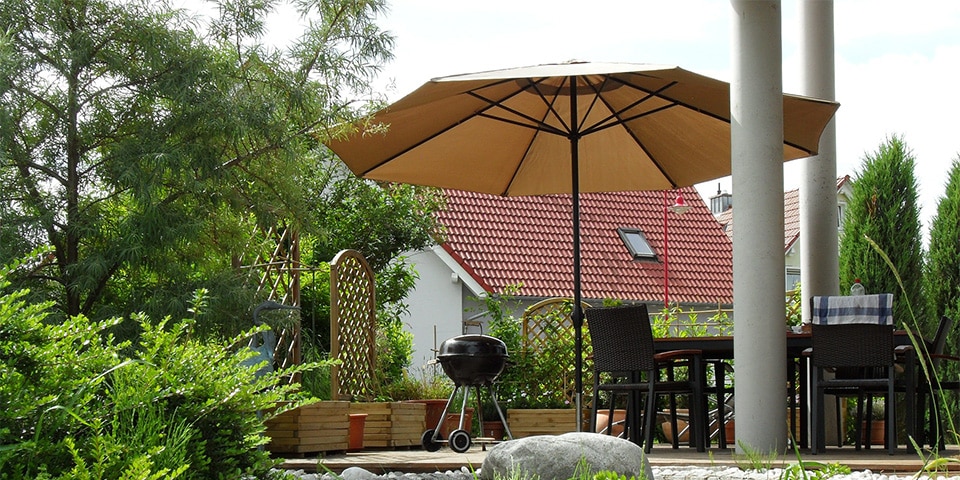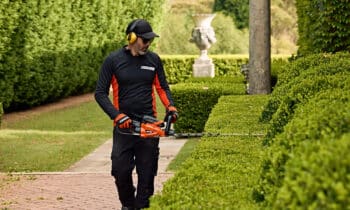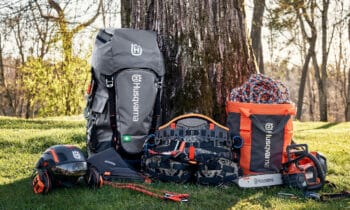
Under the parasol
An umbrella belongs in a garden. A canopy of cloth over the table. Unless you have a canopy. A parasol provides cooling and shade. In addition, it gives a garden a beautiful appearance especially if the parasol is in harmony with the outdoor furniture.
Shadow
Parasols offer the opportunity to create a wonderful shaded area outdoors. There is a large choice of fixed and movable parasols. The parasol is mounted in a stand or in the ground.
Cloth
the parasol cloth must be weatherproof. It should be resistant to the sun and rain. This means that the cloth is made of durable and waterproof material. Above all, it should be mold- and water-resistant and colorfast. Especially with large parasols, ventilation openings are necessary. These fabric-covered openings provide good air resistance.
Choice
Prices vary widely. Robust and semi-permanent parasols are solid, but pricey. A cord and pulley can be used to operate the parasol. A special protective cover protects the cloth when the parasol is not in use. Large parasols are often delivered with the arm on one side instead of in the middle. This requires some space on a terrace. The advantage is that you are free to place furniture. The largest parasols are the so-called shade cloths of, say, 15m2.
Protection
Research done by the Spanish University of Valencia shows that people who are under a parasol while sitting or lying down are well protected from directly incident harmful Uv radiation, they still receive a lot of diffuse Uv radiation incident sideways or reflected from the ground. An umbrella between sun and skin is comparable to sunscreen with a protection factor of five. That means it takes a person five times longer to get sunburned skin than without that protective measure.
This means that sitting under an umbrella for long periods of time can lead to reddened skin or erythema. Moderate Uv radiation on the skin is necessary for the production of sufficient vitamin D, but too much Uv radiation causes rapidly wrinkling skin and increases the risk of skin cancer.




